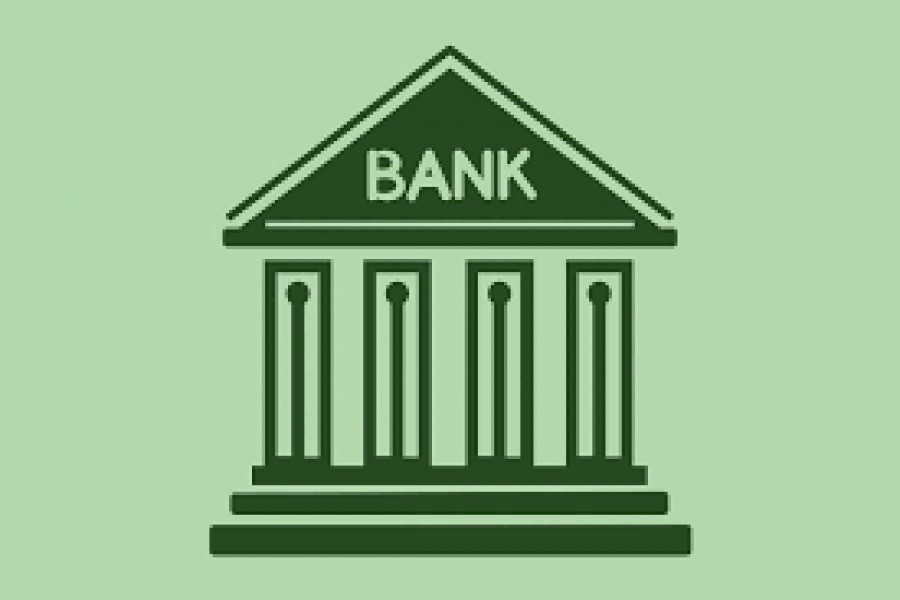Businesses had been alleging for long that the lending rates of banks in Bangladesh are too high. And it was adding to the cost of their doing business. They wanted the lending rate to come down to a single-digit.
The government and economists did also hold an identical view. But the banks were reluctant to revise the lending rates since their cost of the fund would not allow them to do so.
Yet the government availed of the services of the money market regulator and dictated the interest rates. The banks had to cut their lending rate to single-digit, the highest being fixed at 9.0 per cent. The new rates came into effect on April 01 last year.
To keep their spread right, the banks lowered the deposit rates, the highest being fixed at 6.0 per cent. Bank borrowers were happy, depositors disappointed.
None should object to if a depositor seeks to know the net outcome of the revised interest rate regime. How did it influence private investment during the last 10 months?
The private sector borrowing, instead of showing any signs of picking up, has slowed down in recent months, though the average weighted lending rate declined to less than 8.0 per cent.
In January 2020, the average lending rate was 9.66 per cent, and it came down to 8.99 per cent in April when the Covid pandemic was at its peak, bringing the economic activities to a virtual halt.
The private sector credit growth in January 2020 was 9.02 per cent, well below the target set for the last financial year.
In December last, the banks' lending rate came further down to 7.61. Even with such a low lending rate in place, the private sector credit growth instead of picking up declined to 8.37 per cent. The deceleration in credit growth took place though the economy was slowly returning to life.
In the entire move to make the loans cheaper for businesses, the depositors became the major casualty.
In July last, the weighted average rate of deposit was 5.02 per cent. In August it came down to 4.95 and 4.54 in December. The banks are now offering rates between 4.5 and 5.0 per cent for time deposits.
The actual return on fixed deposits is even less. For instance, if one makes a fixed deposit of Tk 1.0 million for a year. If the bank concerned offer interest at the rate of 4.5 per cent, depositors earn a total interest amount of Tk 45,000. The bank deducts Tk 2,500 as excise duty on the deposit and an advance income tax at 10 per cent on the interest income if the depositor is an e-TIN holder. The actual return, thus, stands at 3.8 per cent.
With inflation hovering at around 6.0 per cent, the depositor gets a negative return.
Interestingly, despite a notable erosion in deposit rates, the size of deposits with banks has been growing unabatedly. There is/are reason/s for such an unusual trend. The investment options before the people who have an investable surplus are limited. A stock market is a place for investment. But, in Bangladesh, it is highly unpredictable and vulnerable to manipulation. The opportunity to invest in savings tools is also narrow.
Under the circumstances, none is likely to come to the rescue of the bank depositors. So, they are finding their fate more or less sealed for the time being.


